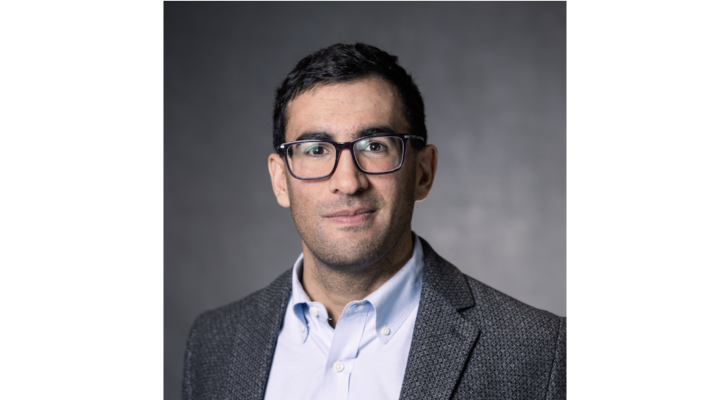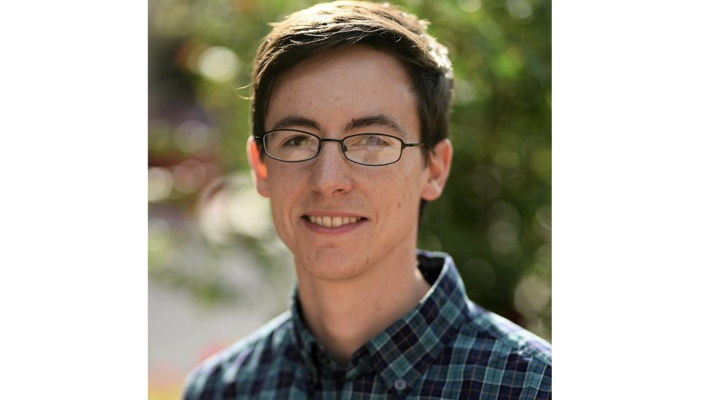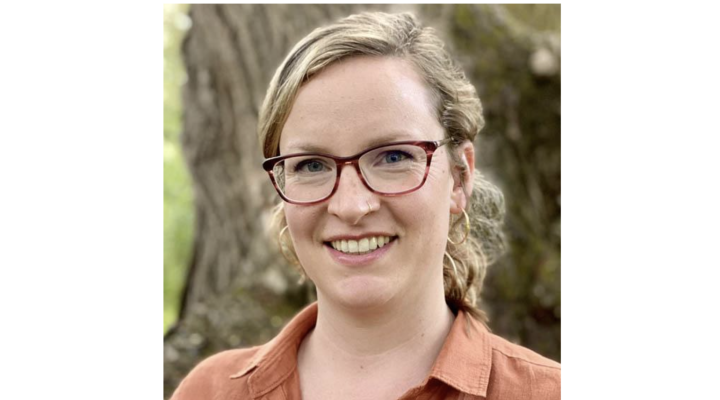Greg Bewley, assistant professor and Gordon Lankton Sesquicentennial Faculty Fellow in Cornell’s Sibley School of Mechanical and Aerospace Engineering, believes we don’t always pay enough attention to the things we can’t see. Bewley studies turbulence--which is ubiquitous, important, and often invisible--to better understand its intrinsic properties and to use that understanding to elucidate the role of turbulence in various environmental settings.
Bewley grew up in Guilford, Connecticut and says he was “one of those kids who was always taking things apart and putting them back together.” He earned a bachelor’s degree in mechanical engineering from the Sibley School. “I came to Cornell for my undergraduate degree because it is strong in so many areas,” says Bewley. “I did not want to be at a place with just engineers. When I was here as a student I spent a lot of my time in Lincoln Hall; I built instruments and played a lot of music.” During his undergraduate years Bewley spent two semesters working a co-op job at a large engineering firm. “That experience let me know I wanted to stay in school and get my Ph.D.,” says Bewley.
Bewley earned his Ph.D. in mechanical engineering from Yale University. One result of his doctoral research was the first-ever direct observation of the quantized vortex dynamics of turbulent superfluid helium. It is possible these vortices might underlie the observed rotational “glitches” of neutron stars. Bewley then took a postdoctoral research position at the Max Planck Institute for Dynamics and Self-Organization in Germany where he was able to return to more classical fluid mechanics research. At the Max Planck Institute he developed methods to reveal the basic structure and dynamics of turbulence. Bewley says he also learned to “appreciate the life that arises in the interaction between turbulence and the bodies that tumble through it.”
Now that he is back at Cornell as a professor, Bewley is excited to continue his work examining the most basic properties of turbulence and its role in some of the many settings where turbulence exists. To see some of these most basic properties Bewley is working on new devices and new techniques to make visible what we usually cannot see. With the invention of new devices and techniques Bewley will be able, through controlled experimentation, to deepen our knowledge of turbulent flow.
“I want to use my expertise to address relevant specific societal or engineering problems,” says Bewley from his office in Upson Hall, where he took classes as an undergraduate in the 1990s. One example of a practical application of Bewley’s research is in the area of meteorology. Atmospheric turbulence plays a role in the formation of clouds and the formation of droplets, but there is still much about these processes we do not know.
Another area of focus for Bewley is compressible turbulence. “Whenever a fluid is moving, it moves other fluid out of its way,” says Bewley. “As a flow gets faster, it compresses the leading edge of itself and creates turbulence.” In order to take a closer look at this kind of turbulence, Bewley is designing and building a specialized pressure vessel. He will remove the air and fill the vessel with sulfur hexafluoride, which compresses more easily that air. Researchers have used mathematics to theorize that the compression within a turbulent flow should, under some conditions, create “shocklets,” but these shocklets have never been observed directly. “I aim to quantify these compressible effects,” says Bewley. “I want to be the first to see shocklets. We’ll be able to model them more accurately and capture their behavior.”
Bewley is pleased to be back in Ithaca and on the faculty of the Sibley School. “This is the dream I had when I was an undergrad,” says Bewley. “Cornell is strong across the board and I am happy to have the chance to do my research here and to teach the great students that come here.”




